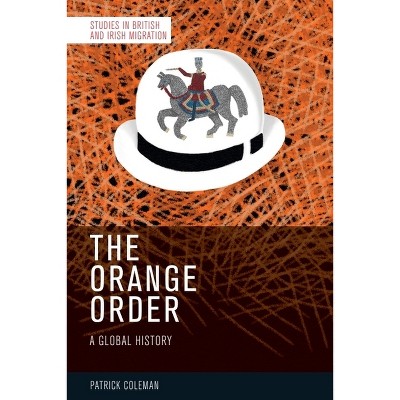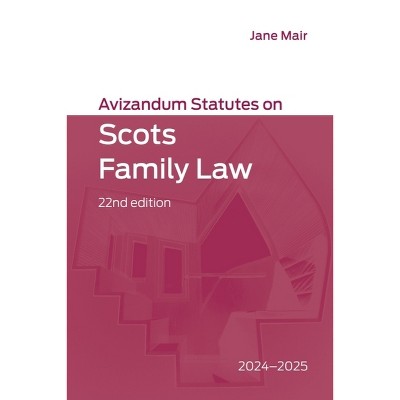About this item
Highlights
- Until very recently Viking and Norse assembly sites were essentially unknown, apart from a few select sites, such as Thingvellir in Iceland.
- About the Author: Alexandra Sanmark is Reader in Medieval Archaeology at the Centre for Nordic Studies, University of the Highlands and Islands.
- 320 Pages
- History, Europe
Description
About the Book
Using archaeological evidence, written sources and place-names, this book provides a comprehensive analysis of the Viking legal system and assembly sites, showing that this formed an integral part of Norse culture and identity, to the extent that the assembly institution was brought to all Norse settlements.
Book Synopsis
Until very recently Viking and Norse assembly sites were essentially unknown, apart from a few select sites, such as Thingvellir in Iceland. The Vikings are well-known for their violence and pillage, but they also had a well-organised system for political decision-making, legal cases and conflict resolution. Using archaeological evidence, written sources and place-names, this book provides a comprehensive analysis of their legal system and assembly sites, showing that this formed an integral part of Norse culture and identity, to the extent that the assembly institution was brought to all Norse settlements.
Sites are analysed through surveys and case studies across Scandinavia, Scotland and the North Atlantic region. The author moves the view of assembly sites away from a functional one to an understanding of the symbolic meaning of these highly ritualised sites, and shows how they were constructed to signify power through monuments and natural features. This original and stimulating study is set not only in the context of the Viking and Norse periods, but also in the wider continental histories of place, assembly and the rhetoric of power.
From the Back Cover
The first detailed appraisal of Norse assembly sites, providing detailed discussion of their archaeological profile and landscape setting Until very recently Viking and Norse assembly sites were essentially unknown, apart from a few select sites, such as Thingvellir in Iceland. The Vikings are well-known for their violence and pillage, but they also had a well-organised system for political decision-making, legal cases and conflict resolution. Using archaeological evidence, written sources and place-names, this book provides a comprehensive analysis of their legal system and assembly sites, showing that this formed an integral part of Norse culture and identity, to the extent that the assembly institution was brought to all Norse settlements. Sites are analysed through surveys and case studies across Scandinavia, Scotland and the North Atlantic region. The author moves the view of assembly sites away from a functional one to an understanding of the symbolic meaning of these highly ritualised sites, and shows how they were constructed to signify power through monuments and natural features. This original and stimulating study is set not only in the context of the Viking and Norse periods, but also in the wider continental histories of place, assembly and the rhetoric of power. Alexandra Sanmark is Reader in Medieval Archaeology at the Centre for Nordic Studies, University of the Highlands and Islands. She specialises in The Viking Age in Scandinavia and the Viking expansion in the west and the North Atlantic, with a particular focus on landscape archaeology. She is the author of Power and Conversion: A Comparative Study of Christianization in Scandinavia (2004).Review Quotes
A useful addition to any Viking library.--Stephen Harrison "Scottish Archaeological Journal"
Diligently researched and well-written...Sanmark examines diverse examples of assembly sites, blending the discussion of archaeological data with that of textual evidence and place names; this is all supported by numerous informative, high-quality maps and photographs...highly recommended as a thought-provoking and valuable addition to any early medievalist's bookshelf.--Ben Raffield, Uppsala University "The Society for Medieval Archaeology"
Sanmark is establishing a new paradigm on the Norse thing-system, wherein she paves a new way for an understanding of the sagas as necessary historical accounts.--Torgrim Titlestad "Northern Scotland"
This is a study which has been long needed, and it fills a big gap in our bibliographies of the Viking Age and of Norse culture... an excellent book on the thing sites of Scandinavia and the role of the assemblies in the lives of medieval communities.--Barbara Crawford, University of St Andrews "Northern Studies"
This is an impressive work of true scholarship, multidisciplinary in its handling of archaeological, geographical, linguistic and much later written material, and representing a real advance in academic understanding.--Howard B. Clarke "Early Medieval Europe"
About the Author
Alexandra Sanmark is Reader in Medieval Archaeology at the Centre for Nordic Studies, University of the Highlands and Islands. She specialises in The Viking Age in Scandinavia and the Viking expansion in the west and the North Atlantic, with a particular focus on landscape archaeology. She is the author of Power and Conversion: A Comparative Study of Christianization in Scandinavia (2004).Shipping details
Return details
Trending Non-Fiction












